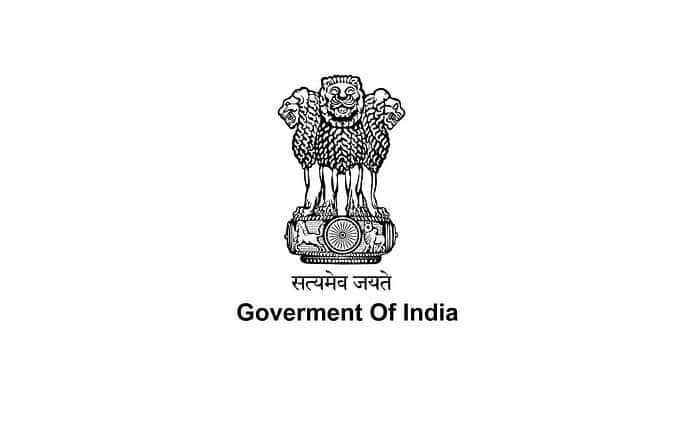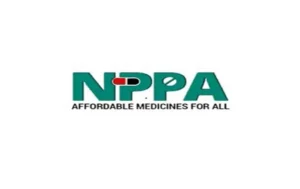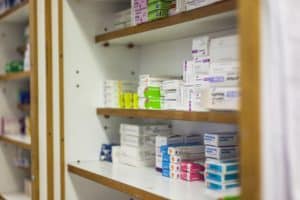Last Updated on February 3, 2024 by The Health Master
Leprosy
The Union Health Ministry of India has embarked on a groundbreaking initiative to implement a new treatment regimen for leprosy, aiming to halt its transmission at the sub-national level by 2027, three years ahead of the Sustainable Development Goals.
This strategic move is based on the latest globally accepted scientific research studies and evidence-based practices.
Objective of the New Regimen
The primary objective of this initiative is to put a decisive end to the transmission of leprosy at the sub-national level.
The Ministry envisions achieving this ambitious goal by adopting a three-drug regimen for Pauci-Bacillary (PB) cases, replacing the existing two-drug regimen for a duration of six months.
Background of Leprosy Treatment
Leprosy, a disease with a long historical impact, has been traditionally treated with a two-drug regimen.
However, the limitations of this approach have become evident, prompting the need for a more robust and effective treatment strategy.
Scientific Research and Evidence-Based Practices
The decision to shift to a three-drug regimen is rooted in recent scientific research studies.
The Ministry, in collaboration with global health organizations, has carefully analyzed the data, ensuring that the new regimen aligns with evidence-based practices, providing a more comprehensive solution.
Letter to States and Union Territories
In a communication addressed to states and Union Territories, Deputy Director General, Dr Sudarsan Mandal, emphasized the National Leprosy Eradication Programme’s commitment to stopping leprosy transmission.
The letter, dated January 17, outlines the Ministry’s proactive steps to implement the new treatment regimen.
Significance of the Decision
The decision to introduce a three-drug regimen signifies a significant leap in the treatment approach for leprosy.
This shift is not just a procedural change but a strategic move to enhance the efficacy of Multi-Drug Therapy (MDT) for leprosy patients in India.
Implementation Plan
To ensure a smooth transition, the Ministry has laid out a comprehensive plan for implementing the new regimen.
This includes timelines, requisition processes, and coordination with states and Union Territories to guarantee a seamless execution.
Revised Classification and Treatment Regimen
Starting April 1, 2025, the revised classification of leprosy and the corresponding treatment regimen for paucibacillary (PB) and multibacillary (MB) cases will come into effect.
This marks a crucial step towards adapting to evolving scientific insights.
Timeline for Implementation
With the WHO’s commitment to supply the revised drug regimen from April 1, 2025, states and Union Territories are urged to submit their requisitions for anti-leprosy drugs 12 months before the timeline.
This coordinated effort aims to avoid any disruptions in the availability of medications.
World Health Organization’s Role
The World Health Organization (WHO) has played a pivotal role in supporting the initiative.
The recommended treatment regimen, comprising dapsone, rifampicin, and clofazimine, is referred to as multi-drug therapy (MDT).
Importantly, WHO is providing MDT free of cost, reinforcing the global commitment to eradicating leprosy.
States and Union Territories’ Responsibilities
The success of this initiative hinges on the collaboration of states and Union Territories.
They are urged to proactively send their requisitions for anti-leprosy drugs to ensure a timely and smooth transition to the new treatment regimen.
Expectations for Eradication by 2027
The Ministry expresses optimism that this innovative treatment regimen will mark a significant step forward in collective efforts to eradicate leprosy in India by 2027.
The adoption of a more potent three-drug regimen reflects a commitment to achieving tangible results in the fight against leprosy.
Disclaimer: This article contains information derived from the source mentioned below. Our team utilized an AI language model to rewrite and present the news or article in a unique format.
FAQs
- Why is the Union Health Ministry shifting to a three-drug regimen for leprosy treatment?
- The shift is based on recent scientific research, aiming to enhance the effectiveness of treatment.
- When will the revised classification and treatment regimen be implemented?
- Starting April 1, 2025, the new regimen will be implemented in states and Union Territories.
- What drugs are included in the World Health Organization’s recommended treatment regimen?
- The recommended regimen comprises dapsone, rifampicin, and clofazimine.
- How is the World Health Organization supporting this initiative?
- WHO is supplying the revised drug regimen free of cost, facilitating its widespread adoption.
- What steps should states and Union Territories take to ensure a smooth transition?
- They are encouraged to send requisitions for anti-leprosy drugs 12 months before the implementation timeline.
USFDA approval granted for generic Pregabalin Capsules: Strides
How to Become a Skilled Manufacturing Chemist in the Pharma Industry
FSSAI: Food Labelling and Display – Chapter-1
USFDA approval granted for Generic Gabapentin Tablets
Venus Remedies gets GMP certificate from Libya: A Gateway to African Markets
Top 10 Blockbuster Drugs Going Generic in 2024
Drug alert: 78 out of 1008 samples declared as NSQ in December 2023
DCA Telangana Uncovers Illegal Alprazolam Production
For informative videos by The Health Master, click on the below YouTube icon:
For informative videos on Medical Store / Pharmacy, click on the below YouTube icon:
For informative videos on the news regarding Pharma / Medical Devices / Cosmetics / Homoeopathy etc., click on the below YouTube icon:
For informative videos on consumer awareness, click on the below YouTube icon:











